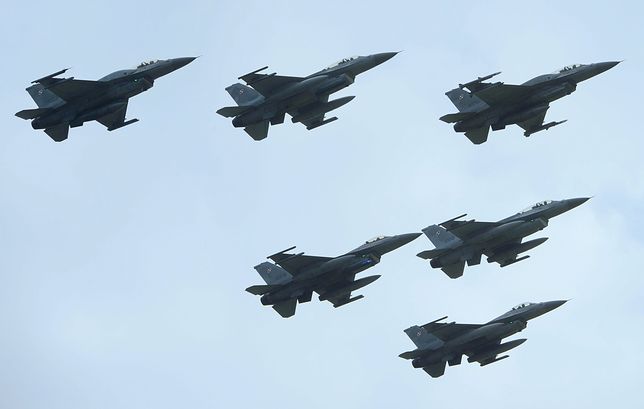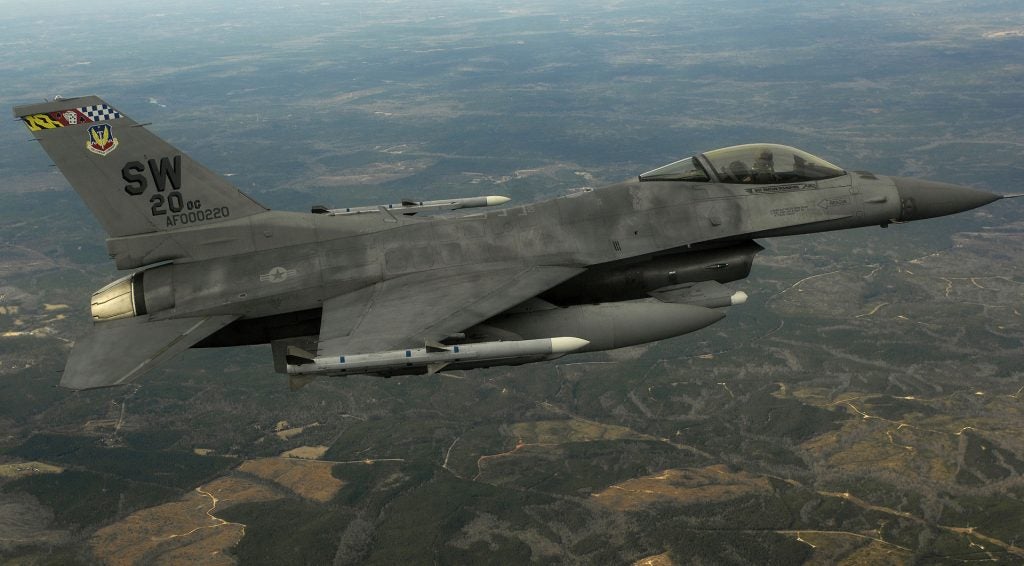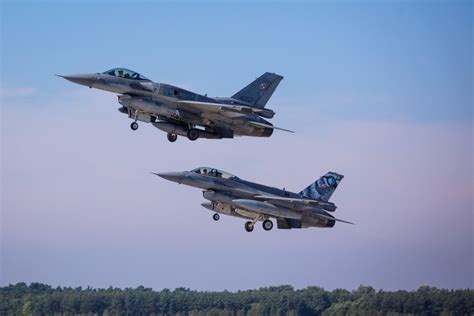This is How Poland’s F-16s Will Combat Russia’s S-400 Surface to Air Missile System
One of the main threats to the Polish Air Force (PAF) in a conventional conflict with its neighbor to the East would be the Russian capability of dislocating anti-access systems on various levels. From MANPADS to long-range air defense such as S-300, the Russian Armed Forces can create multi-layered protection for their ground troops.
Systems such as the 9K720 Iskander short range ballistic missile, positioned near the Polish border in the Kaliningrad Region, pose a significant threat. These Iskanders are naturally defended by S-400 surface to air missile systems. The Polish theater of operations will be covered by the Russian air defense from day 1 of any conflict, this could potentially cripple Polish close air support and air superiority missions, long before they close to target.

The Polish Ministry of National Defense is seeking a solution to this challenge through equipping its F-16C/D Block 52+ with the AGM-88E AARGM-ER anti-radiation missiles. These missiles could, in theory, breach the Russian anti-air systems. According to the Defense24.com the creation of units specialized for operations with the AARGM-ER will be established, based on US experiences and knowledge gained by “Wild Weasel” squadrons. Wild Weasel is a code name given by the USAF to aircraft equipped with anti-radiation missiles and tasked with the suppression of enemy air defenses.

While this strategy is a step forward in the strategy of containing aggressive Russian forces. The rapid changes within the PAF, such as the purchase of F-35 combat jets that will enter the service at the end of this decade, are largely for the better, but there are still pieces of the jigsaw missing. For example, the data transmission between the combat aircraft and ground forces in the Polish Army is virtually non existent. The future soldier project called ‘Titan’ should have led efforts to fill some of the lacking components but this did not materialise.
A very important aspect of the AARGM-ER purchase by the PAF is that it can be integrated with F-35s as well, which means that in the future Poland will posses two platforms capable of conducting Suppression and Destruction of Enemy Air Defenses (SEAD/DEAD) operations. Provided better command and control assets can be developed the new missiles and their capabilities will help minimalize the threat from the Kaliningrad Region and open the possibility for NATO forces to operate more freely over Poland.
The importance of establishing aerial security, through combat sorties, for ground forces is one of the most crucial aspects of today’s battlefield. Without it, ground forces can become easy prey of enemy ground attack aircraft and UAVs. With the majority of the PAF consisting of old MiG-29s and Su-22M4s, the purchase of modern technology becomes a priority. With AARGM-ER being one of key components of the modernization plan, the question remains, is it too little too late?

